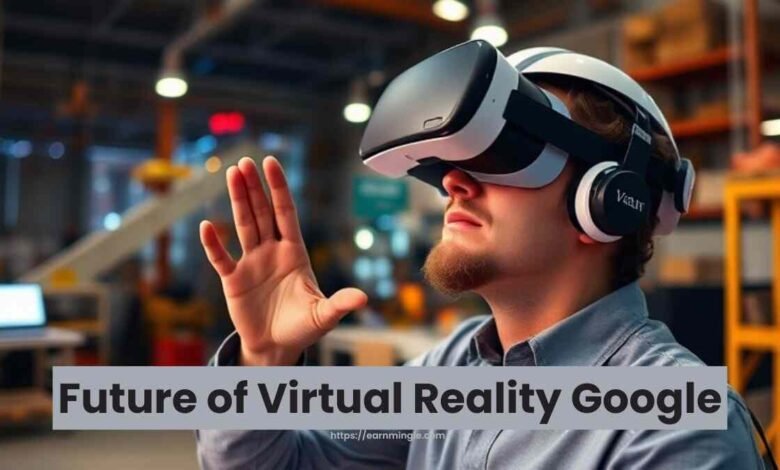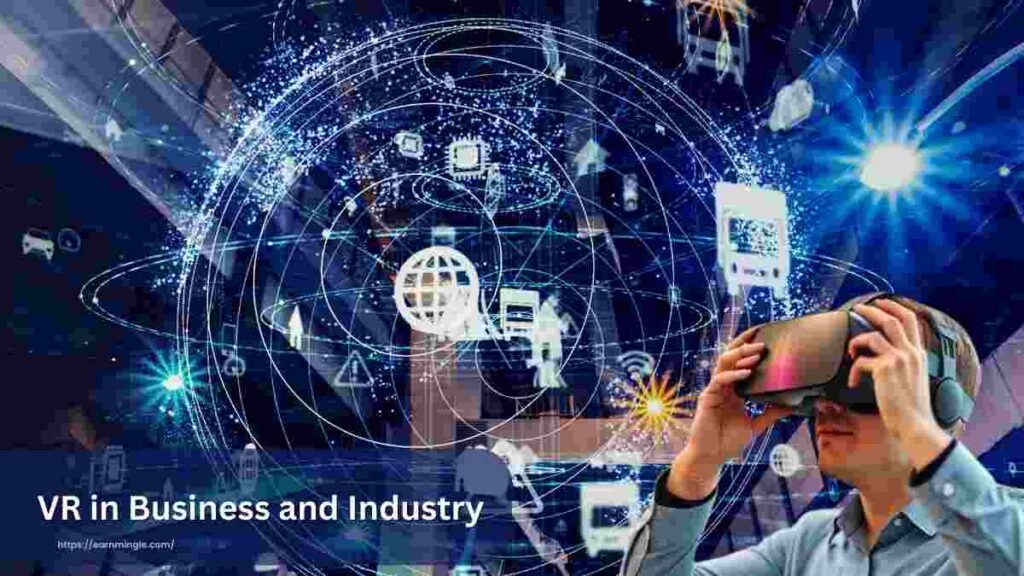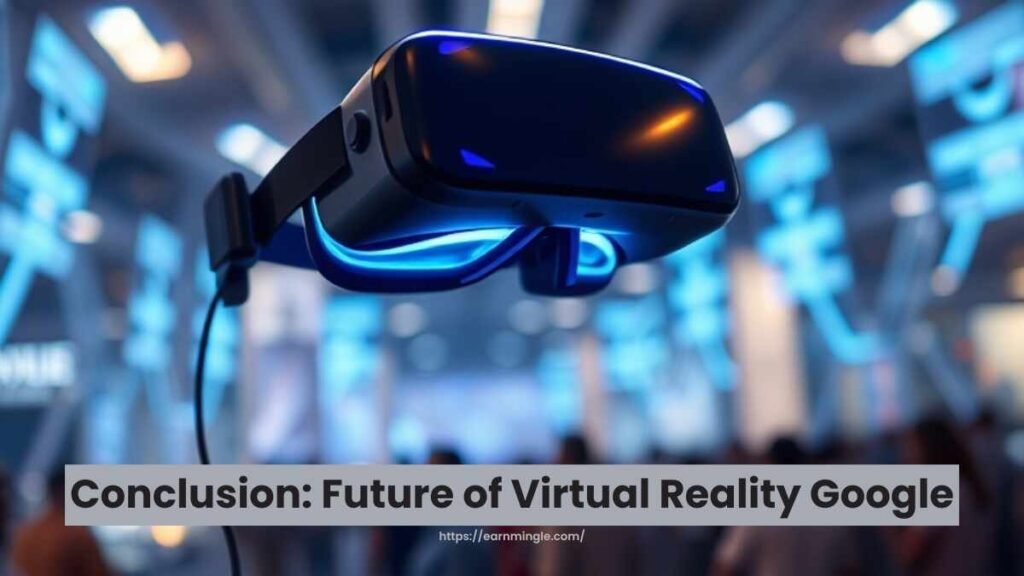Future of Virtual Reality Google: Ultimate Guide for New
Future of Virtual Reality Google

Future of Virtual Reality Google, as virtual reality is no longer some concept in a sci-fi movie; it is the reality of today that continues to evolve. Among the innovations that are changing this reality, Google Cardboard stands out because it makes it possible for everyone to have virtual reality. So, what does the future hold for virtual reality and Google Cardboard? Let’s find out!
What is virtual reality?
Computer-generated reality is a recreated experience that can be like or totally unique in relation to this present reality. It includes the utilization of VR headsets to produce reasonable pictures, sounds, and different vibes that recreate a client’s actual presence in a virtual climate. The concept of VR has been around for decades, but technological advancements have brought it closer to mainstream use.
Current State of Virtual Reality
Today, VR applications cut across to gaming, education, and healthcare, among other areas. Some of the popular VR hardware includes Oculus Rift, HTC Vive, and PlayStation VR. Of course, the end-use varies from gaming adventures to virtual classrooms and medical simulations.
Some breakthroughs in the VR technology
The VR scene remains continuously evolving with new developments in equipment as well as in the programming side. Advancement in display, motion tracking, and haptic feedback improved the VR experience. Additionally, high-quality VR content development has broadened the horizon of possibilities associated with VR.
Future prospects of virtual reality
With several predicted trends, the future of VR seems promising. Some of the trends in VR include better integration with other technologies, such as Artificial Intelligence and AR. This will bring more immersive and interactive experiences out of VR, proving VR capable of doing much more.
Role of Google Cardboard in the Future of VR
Google Cardboard may seem unadvanced compared to high-end VR systems, but it’s far from done. Upgrades and innovations may give functionality for higher utility, making this a very useful resource tool for education and early exploration of VR. As it is affordable to remains the gateway to many exploring VR.
Future of Virtual Reality Google in Healthcare
VR is proving to be a very valuable tool in healthcare. In the medical arena, students can practice procedures in a very safe environment. Through VR, patients are also being treated for PTSD and some phobias by providing them with new ways of managing their condition.
VR in Business and Industry: Future of Virtual Reality Google

VR is also beneficial to the business world. Virtual collaboration tools and virtual meetings are allowing remote teams to work as if they were all in one place. In product design and prototyping, it has allowed for virtual models and simulations, speeding up development time and reducing costs.
Future of Virtual Reality & Google Cardboard: Challenges Facing VR
Despite its potential, VR faces several challenges. Issues that are counted as technical issues as latency and motion sickness need proper addressing.
Addressing the Challenges
Innovations are underway to tackle these problems. Companies are developing more affordable VR devices and bettering software in an effort to avoid technical issues. Ease of user experience by means of better design and more intuitive interfaces is also a focus, leading VR to be much more user-friendly.
The Role of Google in the VR Landscape
Google is still one of the drivers for the VR landscape. Besides Google Cardboard, the company also invests in other VR projects like Google Daydream. They can be seen as efforts by Google to move the technology further and make VR more accessible and user-friendly.
Conclusion

An exciting future lies ahead for VR, with possibilities on the horizon beyond any count. From the improvement of technology to the involvement of companies like Google, this is ready to transform various industries through VR. Google Cardboard, simple and accessible enough, will play an important part in this journey as it continues to introduce more individuals to the wonders of virtual reality.
Frequently Asked Questions
What is Virtual Reality (VR)?
Virtual Reality (VR) is a computer-generated simulation that recreates an environment for users to interact with, often using a headset to create immersive experiences in gaming, education, and healthcare.
How is Google Cardboard changing VR?
Google Cardboard offers an affordable, accessible introduction to virtual reality. Though basic, it allows users to explore VR experiences, and its future upgrades may enhance its functionality for education and exploration.
What are some current applications of VR?
VR is used in gaming, education, and healthcare, with applications ranging from virtual classrooms and medical simulations to immersive gaming experiences and therapeutic treatments.
What challenges does VR face today?
VR faces challenges such as high costs, technical issues like motion sickness, and limited user accessibility, but ongoing innovations aim to make the technology more affordable and user-friendly.
What role does Google play in VR’s future?
Google is a key player in the VR space, with projects like Google Cardboard and Google Daydream, working to make virtual reality more accessible, affordable, and immersive for a wider audience.
Read More: Digital and Content Marketing





